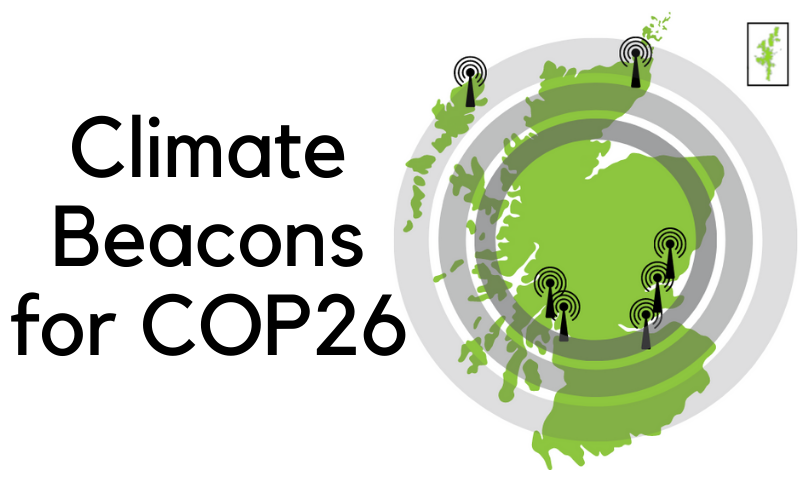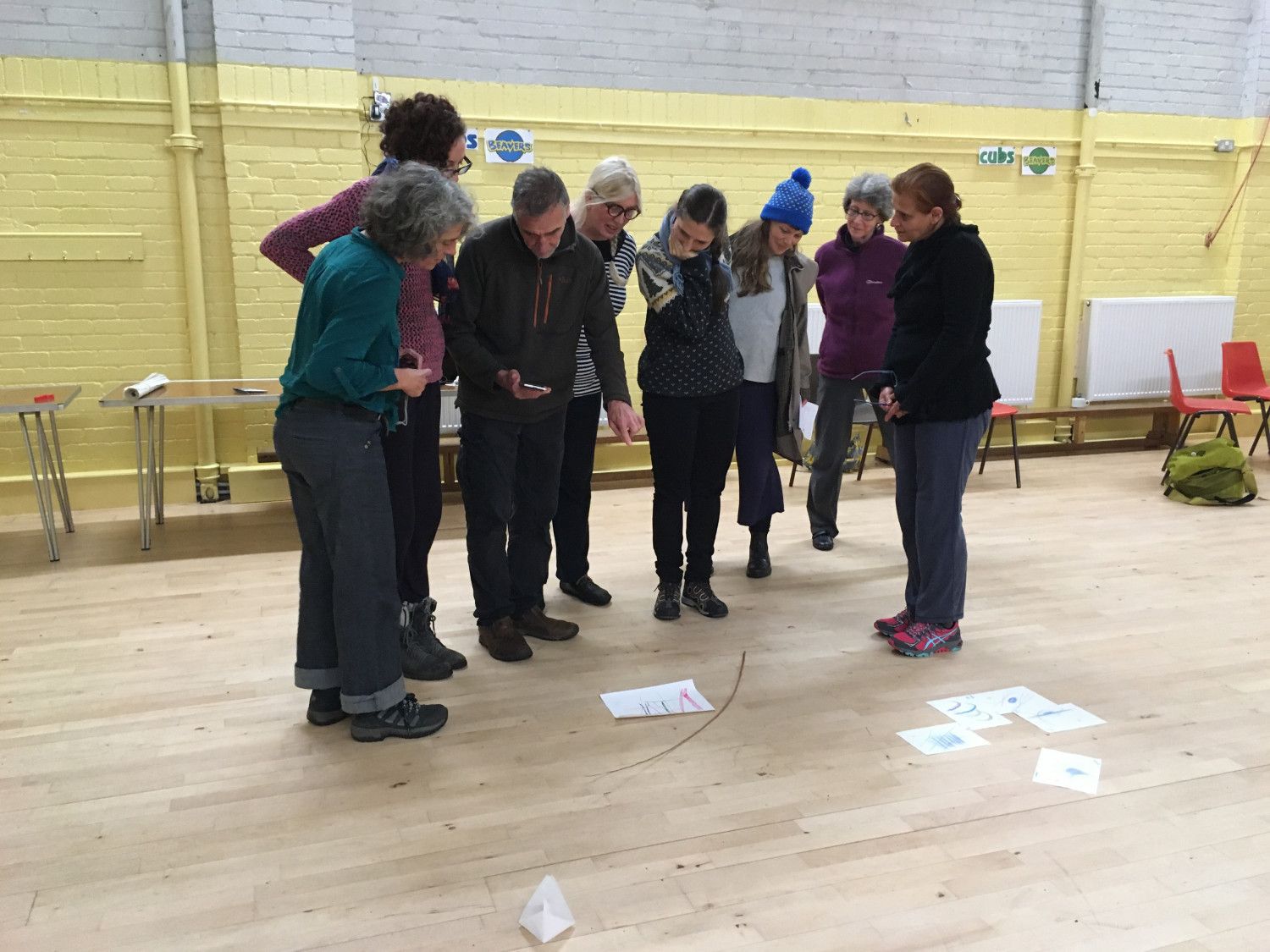“Climate change needs clever collective thinking. We aren’t going to solve it with individual thinking. And cultural venues provide a great place for communities to come together and think together about this knotty problem.”
This is the spark that led Ben Twist to start Creative Carbon Scotland back in 2011. After working in theatre as a director from 1985 to 2008, Ben observed that the theatre and arts sectors weren’t addressing some of the big challenges the world was starting to recognise. He knew that culture influences society and ought to have a voice in the climate change conversation, but he didn’t know how, so decided to sign-up for an MSc.in Carbon Management at the University of Edinburgh.
With his studies over, in 2010 Ben was invited by Edinburgh Festivals to help plan their response to climate change. Then the Federation of Scottish Theatre, (a trade body for theatre and dance organisations) and the Scottish Contemporary Art Network joined their partnership, giving birth to Creative Carbon Scotland.
“We started with basic carbon management, but I always thought it would also be about influencing the public through the work of cultural organisations and artists.”
And that is how it has turned out.
Climate Projects and Artistic Collaborations
Creative Carbon Scotland’s latest endeavours include their Climate Beacons project, which aims to facilitate discussions about climate change across Scotland, especially in 2021 as Glasgow gets ready to host COP26. Climate Beacons brings together climate-conscious people, activists, civic society, researchers and all sorts of other groups with cultural organisations to think collectively about climate action in cultural venues.
One thing about theatres, galleries, museums, concert halls, arts centres and so on – is that in their normal work they bring people together to think collectively about something: when you go to the theatre you set aside time in your busy week to go and think about something particular for a couple of hours – and the rest of the audience has done the same. There are people who provide you with material to think about, and they help you work things out. And – this is something I learned as a director – audiences collectively are cleverer and quicker than individuals: you somehow learn from those around you, your joint brain is bigger than all the individual ones. We need this joint thinking if we are to address climate change successfully.
The Creative Carbon Scotland team also encourages climate leaders to invite artists and creatives into climate change projects. Creative industry professionals can be good at stimulating everyone’s imagination and coming up with new approaches: after all, their training is based on doing something new, not the same as what has gone before. Sometimes, even just the presence of an artist in the room allows other people to approach the problem with other parts of their brain – their human, emotional part as opposed to their technical part: all the intelligence we’ll need to deal with climate change. Climate change is a cultural issue as much as a physiological one. It’s about how we live in collaboration with each other and with the world.
“Artists and creatives aren’t invited to the climate change discussion – in fact the main people who get to talk about it are economists, engineers, project managers and so on. But artists have skills to offer, ways of working that are unusual and are needed. Doing what we normally do hasn’t worked so far, and indeed you could argue that it has got us into the trouble we’re now in. Some artists – and I should stress it’s not for all of them – some artists relish contradiction and complexity, which politicians and engineers perhaps find difficult.”

Adaptation and carbon reduction
Among Creative Carbon Scotland’s central narrative is the concept of adaptation, as well as carbon reduction. This means finding ways to live sustainably with the effects of a changing climate. After all, even if society stopped emitting greenhouse gases tomorrow, the additional heat in the atmosphere and the oceans would continue to affect the climate for years to come.
The pandemic has shown us that inequality makes everything worse, and that more equal countries are more resilient, healthier, better prepared for big changes and risks. The enormous transformation of society that we need to make to get to a zero-carbon, climate-ready world gives us the opportunity to create a better society, a fairer one, and a healthier, more resilient one.

Since 2011, Creative Carbon Scotland has focused on bringing this narrative into communities at home and abroad. Working with colleagues in cultural organisations and local authorities in the Glasgow City Region, Gothenburg in Sweden, Ghent in Belgium, and Dublin in Ireland on their EU-funded project, Cultural Adaptations has enabled Creative Carbon Scotland to look at how cultural organisations can adapt to climate change. They also developed the Embedded Artist Projects with those four partners. This was the first Creative Europe project focused on climate change adaptation.
In the Glasgow City Region again, they were part of a team with the resilience charity Sniffer and the economists Paul Watkiss Associates, GCR’s adaptation consortium Climate Ready Clyde, and the EU Climate Innovation agency, Climate KIC, to understand the complex issues around excess heat and other climate impacts in order to find solutions that bring about change.
And now they are working with Creative Scotland, Scotland’s arts, screen and creative industries development agency, to help them develop their Climate Emergency and Sustainability Plan.
Creative Carbon Scotland is ambitious and imaginative in what it is trying to do, tying it very closely to the concept of a just transition; making sure that, as we reduce our carbon emissions and respond to the changing climate, the journey is fair and creates a better future for everyone, regardless of where they live, what they do, and who they are.